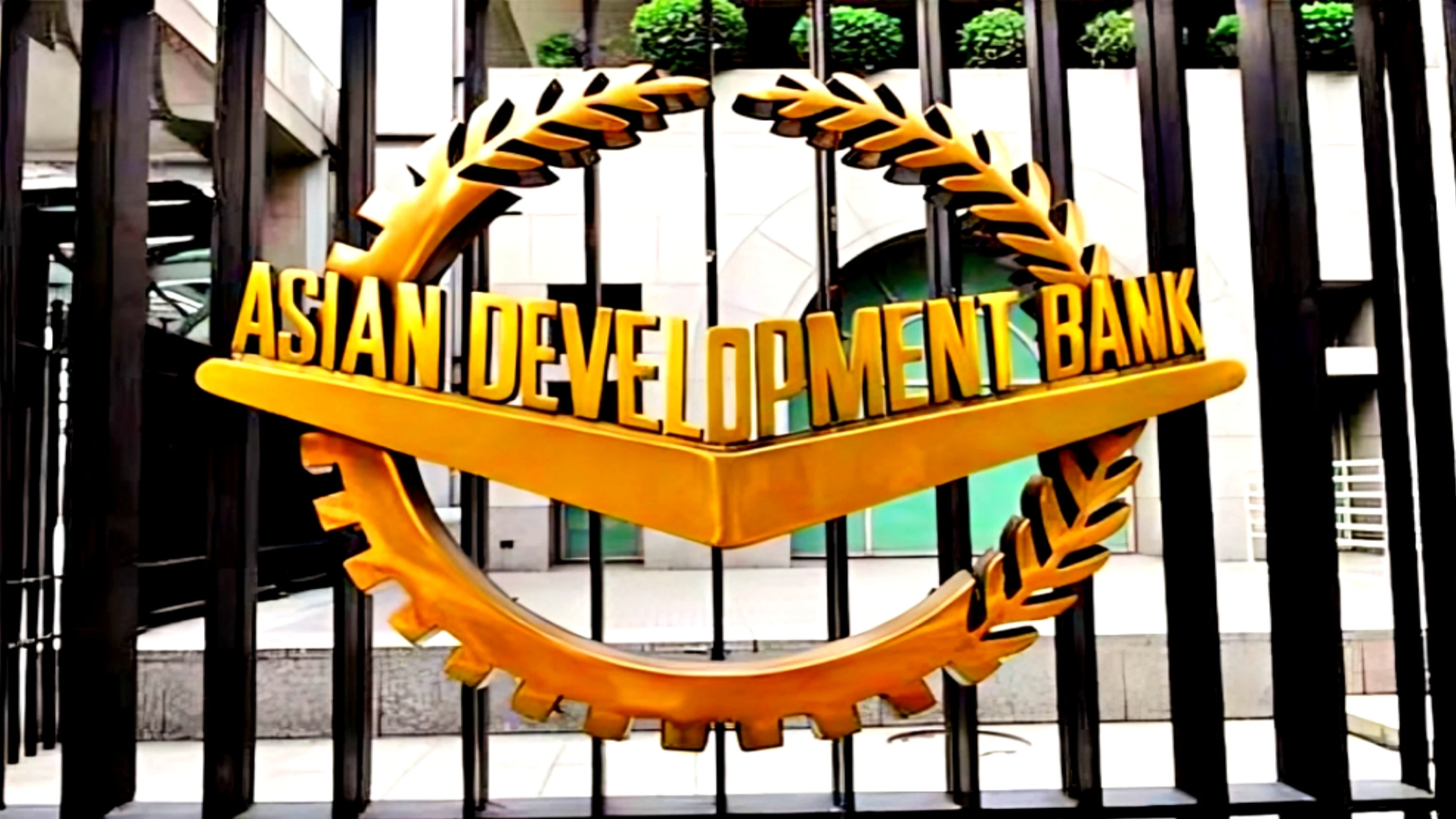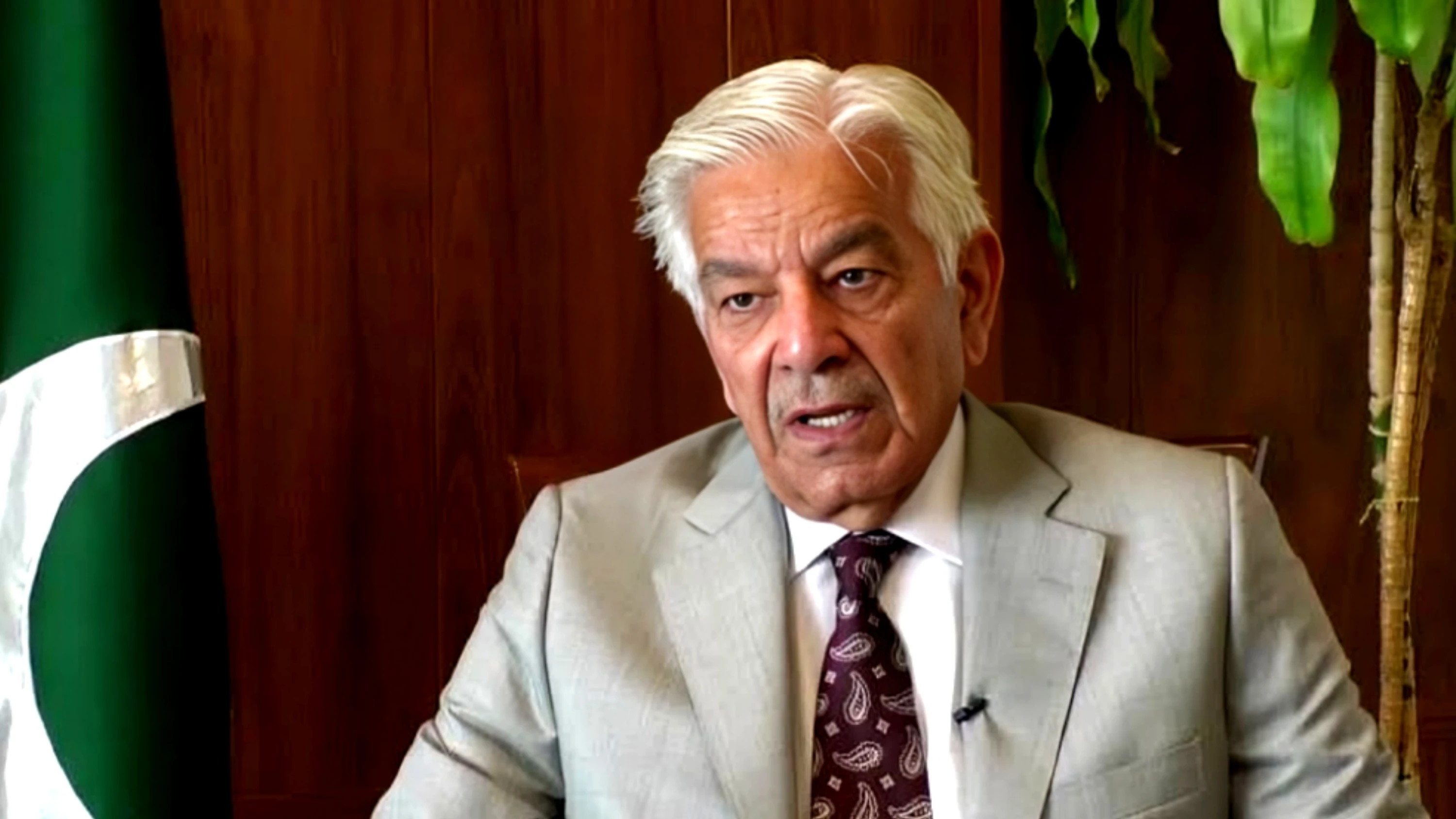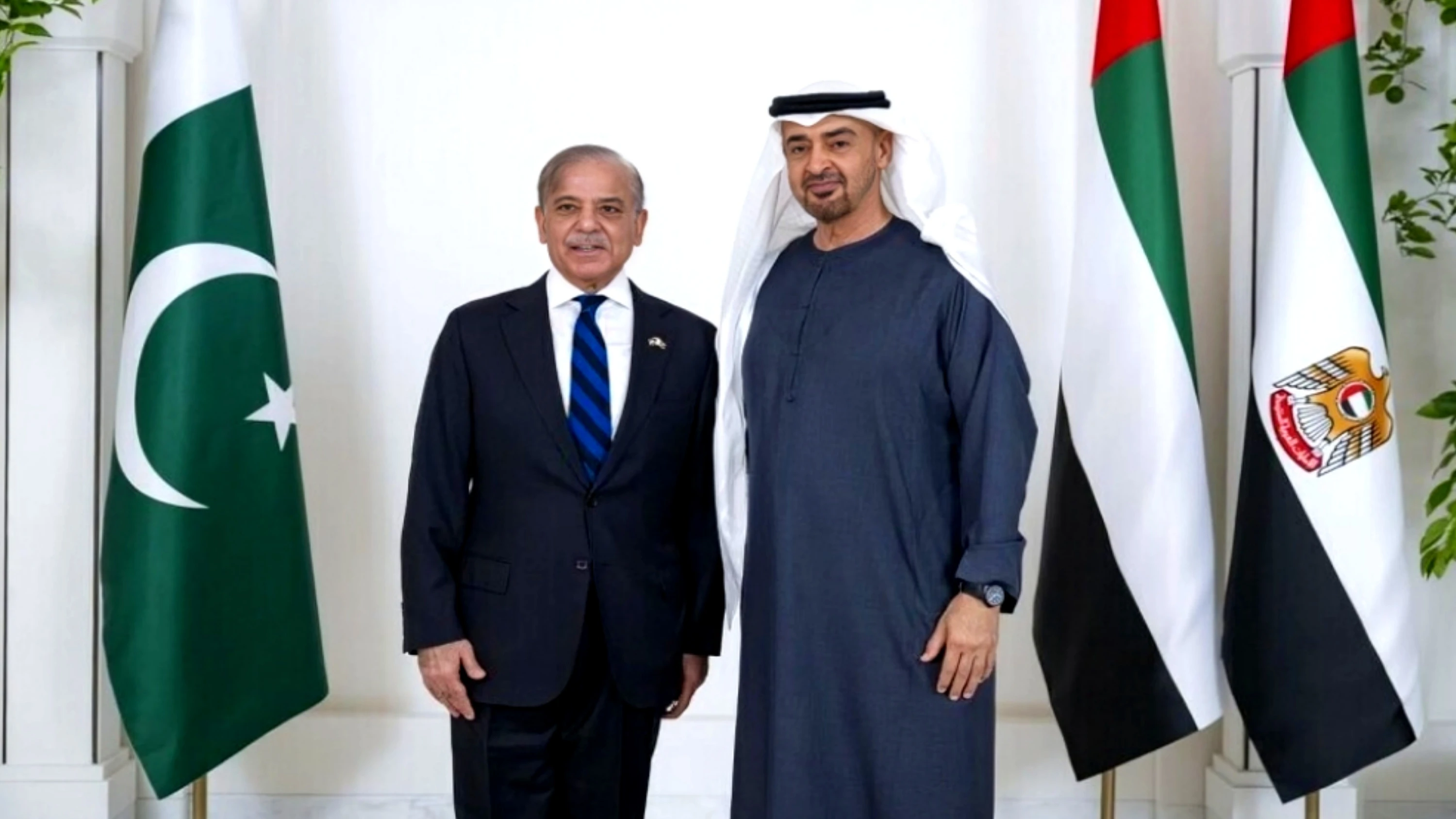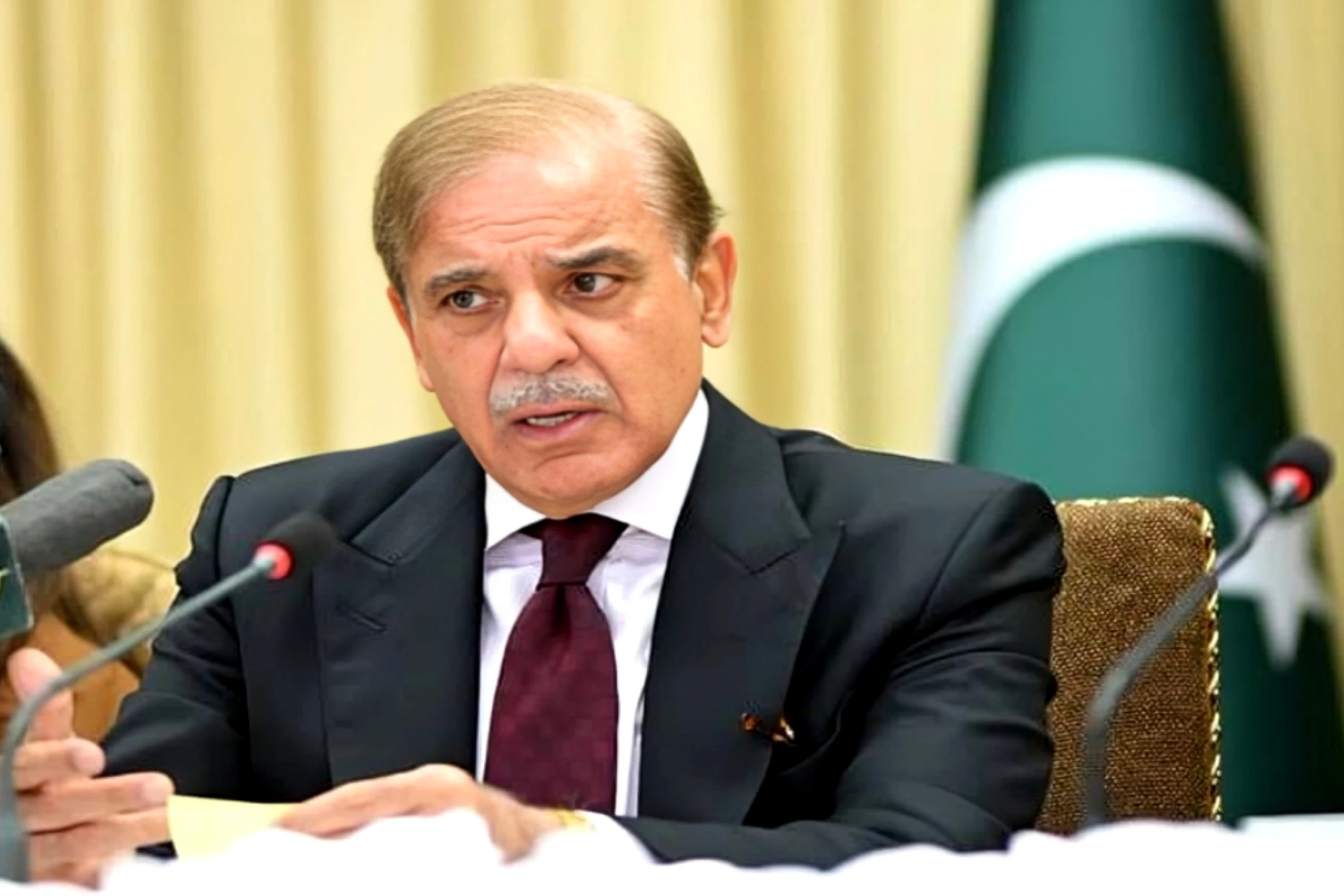Islamabad: The Asian Development Bank (ADB) has projected Pakistan’s economic growth at 2.5% for the current fiscal year and 3% for the next, noting that the country’s economic outlook heavily depends on the successful implementation of ongoing structural reforms.
In its flagship annual report, the Asian Development Outlook, the Manila-based lender noted that provisional data for the final quarter of FY2025 (ending June 30) points to a slow but steady recovery, hindered by sluggish performance in agriculture, industry, and services.
The report cautioned that Pakistan continues to face significant structural challenges. It emphasized that although fiscal consolidation and potential declines in key crop yields could constrain agricultural income, effective implementation of reform programs would help create a more stable macroeconomic environment and gradually remove structural obstacles to growth.
A rebound in electricity, gas, and water supply indicates potential industrial recovery, while further monetary easing and macroeconomic stability are expected to boost activity in both industry and services. A revival in private investment—supported by economic stability, lower inflation, monetary easing, and a more stable exchange rate—would also support overall economic momentum.
The report highlighted that Pakistan’s private consumption and growth should benefit from strong remittance inflows, reduced inflation, and accommodative monetary policy.
Notably, ADB finalized its forecasts before the U.S. administration’s April 2 announcement of retaliatory tariffs on dozens of rivals and allies.
The report credited the start of the IMF’s Extended Fund Facility in October 2024 with advancing key economic reforms, enhancing macroeconomic stability. Following unanimous approval of the Agricultural Income Tax Bill 2025 by all provinces, agricultural income is now taxable nationwide—marking a significant fiscal reform.
Progress has also been made in other areas, such as planned fiscal consolidation to reduce public debt, maintaining a tight monetary policy to contain inflation, improving energy sector efficiency, and accelerating Pakistan’s structural reform agenda to support sustainable growth.
ADB forecasts average inflation at 6% in FY2025 and 5.8% in FY2026. However, the inflation outlook remains vulnerable to global commodity price fluctuations, changes in international trade policies, electricity tariff adjustments, and additional fiscal measures aimed at revenue generation.
The report warned of significant downside risks to the economic outlook. ADB cautioned that an unexpectedly rapid decline in inflation or improved external conditions could tempt policymakers to relax macroeconomic discipline, potentially reigniting balance-of-payments pressures and jeopardizing hard-won stability.
Deviations from expected fiscal consolidation—due to weak revenue performance or persistent expenditure pressures—could increase public debt, raise borrowing costs, crowd out private credit, and undermine exchange rate stability.
Policy missteps could also risk the disbursement of funds from multilateral and bilateral partners, reduce financial inflows, and heighten currency pressure.
Importantly, ADB cautioned that rising political tensions, weakening private investment and consumption, and subdued growth could dampen the ongoing recovery in business confidence. Insufficient rainfall and drought could further threaten food security and hinder growth.
External risks identified in the report include rising global food and commodity prices and shifts in global trade policies, which could negatively affect global interest rates and exchange rate stability.
ADB now estimates Pakistan will fall short of its official growth target for the current fiscal year. The revised ADB forecast pegs growth at 2.5%, down from a previous estimate of 3%, and below the federal government's target of 3.6%.
ADB also revised its inflation outlook downward. Average inflation for the current fiscal year is now projected at 6%, a significant decrease from its earlier estimate of 10%, and below the government’s target of 12%. For the next fiscal year, inflation is expected to fall further to 5.8%.








